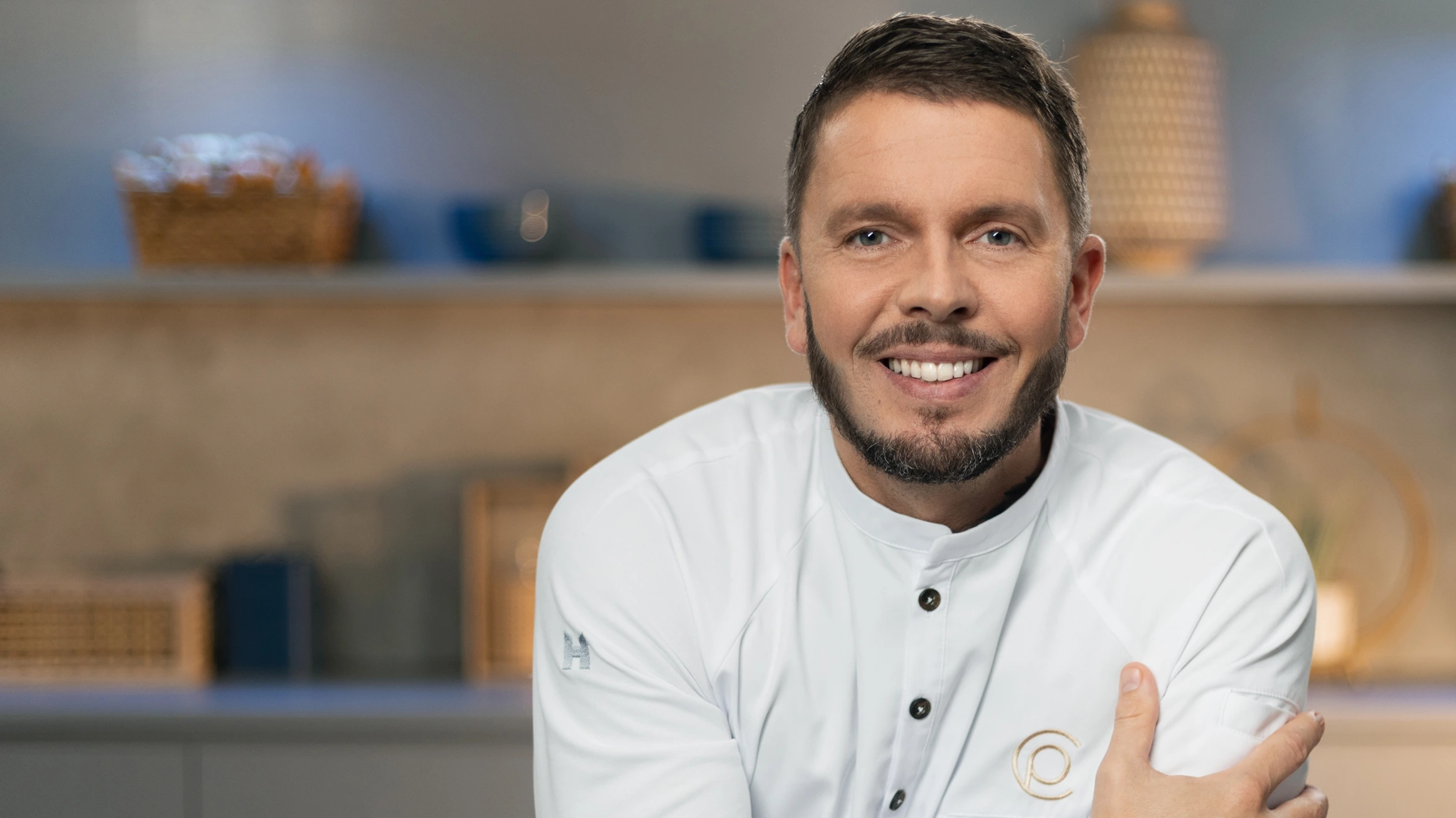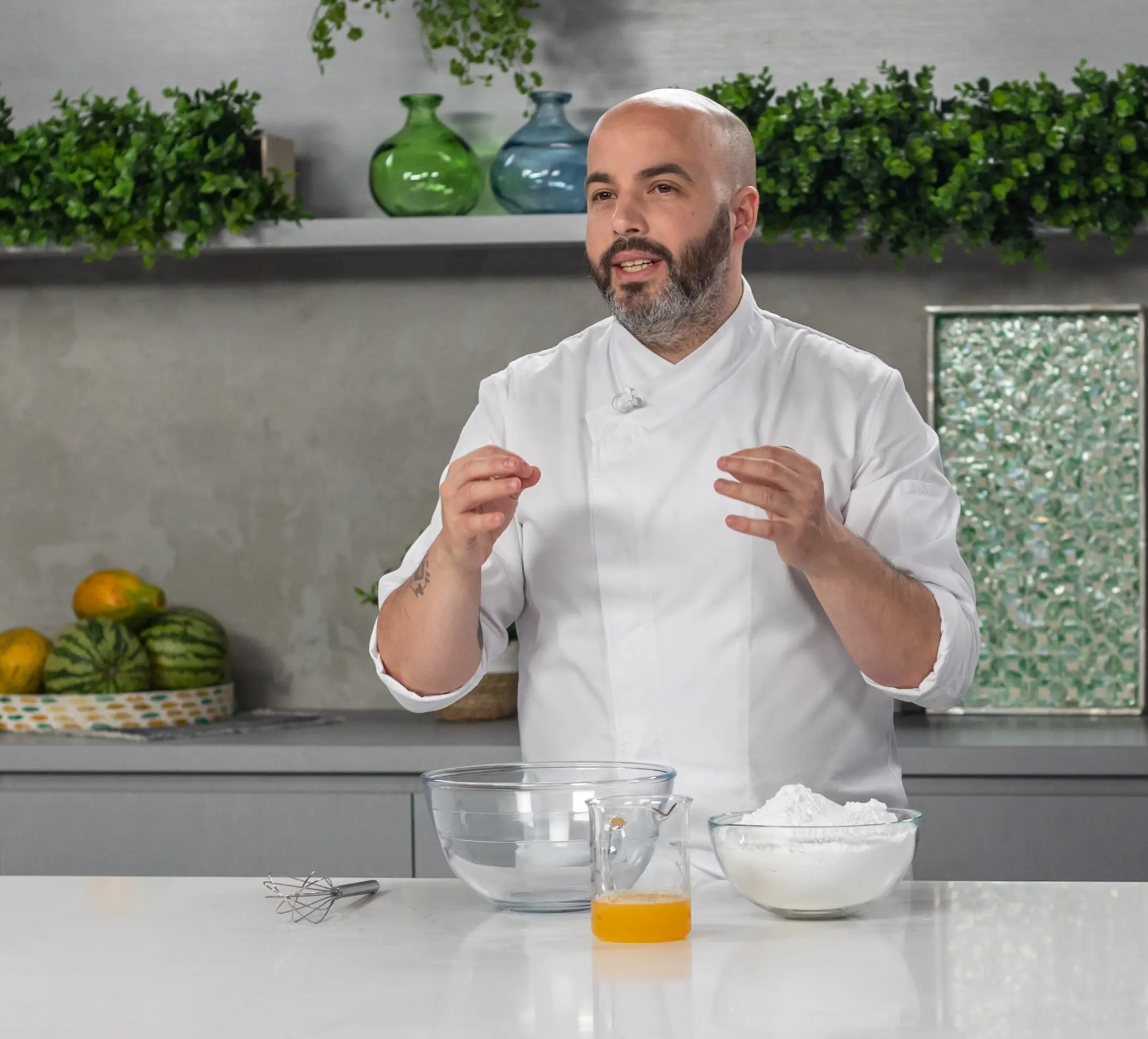Understanding Digital Thermometers
Digital thermometers are essential tools in a pastry kitchen, providing accurate temperature readings quickly. They are particularly useful for:
- Tempering Chocolate: Ensuring chocolate reaches the correct temperature for a glossy finish and smooth texture.
- Cooking Sugar: Monitoring the precise temperature needed for different sugar stages, from soft ball to hard crack.
- Baking: Checking the internal temperature of baked goods to ensure they are cooked through without overbaking.
Key Features to Look For
When choosing a digital thermometer, consider the following features:
- Accuracy: Look for a thermometer with a high level of accuracy, ideally within 1-2°F or 0.5°C.
- Range: Ensure the thermometer covers a broad temperature range suitable for various baking tasks, from below freezing to high temperatures.
- Speed: A good digital thermometer provides quick readings, allowing for efficient work in a busy kitchen.
- Ease of Use: Features like a large, easy-to-read display and simple controls enhance usability.
- Durability: Choose a model with a sturdy probe and waterproof or water-resistant design for longevity in the kitchen environment.
Using Your Digital Thermometer
Calibrating: Regularly calibrate your thermometer according to the manufacturer's instructions to maintain accuracy.
Inserting the Probe: For best results, insert the probe into the thickest part of the food or mixture. Avoid touching the sides or bottom of the container for accurate readings.
Taking Readings: Allow the thermometer to stabilize and read the temperature before removing it from the food. This ensures an accurate measurement.
Cleaning: Clean the probe thoroughly after each use to prevent cross-contamination and ensure hygiene.
Applications in Baking
Chocolate Tempering: Use the thermometer to monitor the melting and cooling stages of chocolate. Accurate temperatures are crucial for achieving the right consistency and shine.
Sugar Work: Different sugar stages require precise temperatures. Use your thermometer to achieve the correct stage for candies, caramels, and syrups.
Baking Goods: Check the internal temperature of cakes, breads, and pastries to ensure they are fully baked. This prevents overbaking and ensures optimal texture and moisture.
Advanced Tips for Professionals
High-Temperature Cooking: For tasks involving extreme temperatures, such as deep frying or candy making, select a thermometer designed to handle high heat.
Multiple Probes: For efficiency, consider thermometers with multiple probes if you need to monitor several items simultaneously.
Smart Thermometers: Explore smart thermometers that connect to your smartphone, allowing you to track temperatures remotely and receive alerts for precise control.
Troubleshooting Common Issues
Inaccurate Readings: Ensure the thermometer is properly calibrated and that you are inserting the probe correctly. If issues persist, check for damage or replace the battery.
Slow Response: If the thermometer takes too long to provide a reading, it may need recalibration or maintenance. Ensure the probe is clean and functioning correctly.
Temperature Fluctuations: Consistent temperature fluctuations may indicate a malfunction. Verify calibration and consult the manufacturer if problems continue.
Conclusion
A digital thermometer is a powerful tool in a pastry chef’s arsenal, offering precise temperature control essential for perfect results. By understanding how to use and maintain your thermometer, you can enhance your baking precision and achieve consistently excellent outcomes. Invest in a high-quality digital thermometer and take your pastry skills to the next level with accurate, reliable temperature readings.
Want to Learn More?
Turn your pastry to success with PastryClass. Enroll in new pastry skills, unleash your creativity, boost sales, enhance career opportunities, transition into an instructor role yourself, or simply discover a fresh passion. Learn with Cédric Grolet, Pierre Hermé, Ramon Moratò, Frank Haasnoot, and more.
September 13, 2024 By PastryClass




























